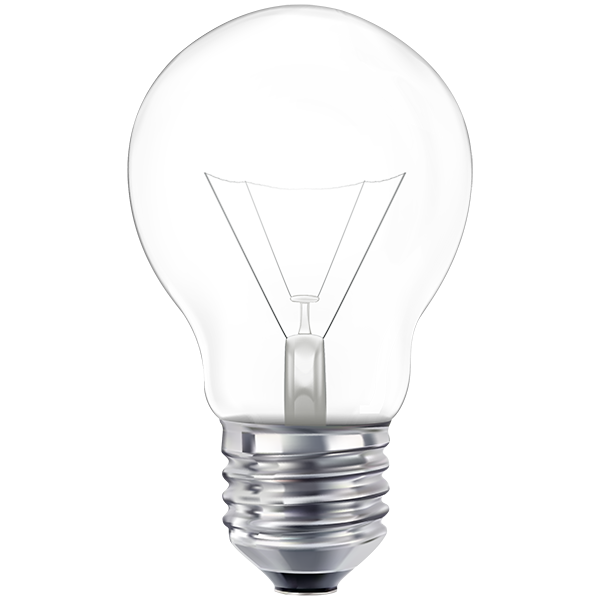Why Innovation | Rohan M. Goswami, MD

Newton's third law – for every action, there is an equal and opposite reaction – weighs heavily on me during each patient interaction. How are we still in an age of practicing medicine in a constant state of reaction?
Is there no better way than to wish we had met a patient sooner, started a treatment faster or diagnosed a condition more efficiently?
These questions, along with questions from my patients and their families, drive me to seek an answer that will place the clinician on the proactive side of this equation. Society constantly reminds of evolving technologies and their utility in our daily lives.
As many of you read this article, your Amazon packages are automatically being selected and sorted, packaged for shipment and transported with minimal human involvement. Your cars predict potential changes in the surrounding and automatically initiate countermeasures well before accidents can occur.
Why are we not doing this in medicine today – predicting disease progression and mitigating catastrophic events before they occur – and if we are, why don't all of us know about it?
I remember when I was first introduced what technology could do for me – it was my computer science class in high school. Understanding the basics of coding and creating simple programs was just the beginning for me.
I could not get enough.

Working at Dell Computers as a junior, 17-year-old, and keeping pace with engineers and programmers twice my age was exhilarating, until it wasn't.
Sitting behind a cubicle was not for me. I needed to be with people. As an undergraduate student, I shadowed a few physicians and realized my calling for medicine.
How I was going to afford it, without full reliance on Sallie Mae, is where my tech background came in handy. I established my own software company, created a unique niche product and gave it away to my alma mater.
With successful reviews and endorsements, I took my idea and sold it. Then in 2007, the iPhone came out, and in 2010 the App Store – an untapped resource for the taking.
My initial apps focused on medical student education, and then simple games. My piece de resistance, Santa Chat, helped children text St. Nick himself, create a wish list of presents and send it to their parents.
All the while the ad revenue helped pay for rent during medical school rotations.
As a transplant cardiologist, I deal with the idea of impeding death. A concept that most people are not faced with every day. How can I slow down my patient's march towards an uncomfortable end with enough time to provide them the opportunity to receive the gift of life?

Unfortunately, the tools we use today have not been updated for over a decade. Medications that decrease readmission rates but do not alter disease progression and retrospective research designed to find needles in haystacks.
The answer to all of this: machine learning and neural networks – using a network of computer processors to parse through petabytes (that's tens of thousands of 512 gigabyte iPhones) of data in a matter of minutes to generate a prediction finer than the width of a human hair.
Unfortunately, the problem is twofold – how to get the data we need and who can interpret the answers we get.
Creating the Digital Innovation Lab, "the Lab," has allowed me to work with experts in the field of data analytics, machine learning and use my background to bridge the gap between clinical medicine and artificial intelligence.
Our multidisciplinary team is working on small solutions to make a big impact in clinical practice – eventually to flip Newton's equation – but for now to improve processes to help make clinical decisions with improved accuracy, less delay and optimize the utilization of human-computer interfaces.
We are still years from the ideal landscape where unravelling a patient's genome, feeding the data through a bedside supercomputer and mapping out diseases and paths to cures occurs within minutes. However, we are better understanding how we can use physician expertise to find needles faster in haystacks that are growing exponentially.

Imagine being able to take a patient's diagnosis code, based on a multitude of lab values, image tests and patient reported data and determine the most probable cause, effective treatment and time to diagnosis or cure on your initial consult.
Revolutionary.
That is our goal – upending Newtonian principles with zeroes and ones.
Privileged to work with individuals who are advancing the science to heal the sick, one byte at a time, I chose innovation because it is the only path forward where I can see our practice changing what we tell patients in the taupe colored hallways, from "if we only knew sooner" to "now that we have time..."

The "Why Innovation" section series is a brief write-up from ACC Health Care Innovation Section members to give readers a background of their professional journey, and explain the significance of innovation to their work and in the field.
Authors can include their personal definition of innovation, as well as tips or tricks on how to bring innovative ideas to the table in otherwise traditional settings and spaces.

